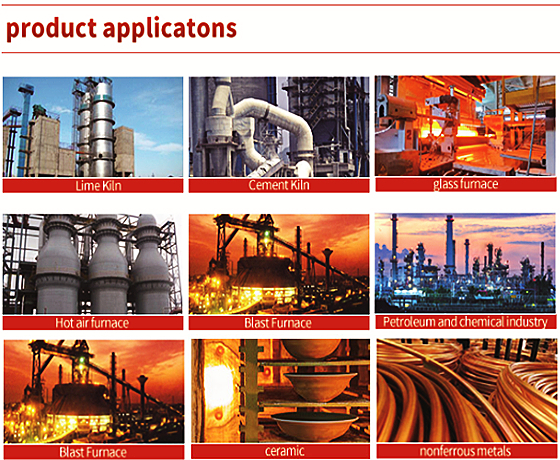




Radiator aluminum and copper recycling production lineDuring the scrapping process of automobiles, air conditioners, refrigerators and other equipment, a large
Radiator aluminum and copper recycling production line


During the scrapping process of automobiles, air conditioners, refrigerators and other equipment, a large number of discarded radiators will be generated. These radiators are mainly composed of aluminum and copper, and have extremely high recycling value. The radiator aluminum and copper recycling production line is specially designed for this type of aluminum-copper composite material, which can achieve efficient separation and recycling of aluminum and copper, and greatly improve resource utilization.

1. Process
The workflow of the radiator aluminum and copper recycling production line is closely centered around the core goal of aluminum and copper separation. First, the recycled waste radiator enters the disassembly pretreatment link through the conveyor belt, and the plastic parts, rubber connectors and other non-metallic impurities on the radiator are removed manually or semi-automatically, laying the foundation for subsequent processing. Then, the pre-treated radiator is sent to a special crusher, which is broken into smaller blocks or flakes after crushing, so that the bonding parts of aluminum and copper are loosened. The crushed material enters the screening equipment to screen out larger impurities and materials that do not meet the particle size requirements, and qualified materials are transported to the separation equipment. The separation equipment uses the differences in density, magnetism, conductivity, etc. between aluminum and copper to accurately separate aluminum and copper through gravity sorting, eddy current sorting and other technologies. The separated aluminum and copper materials are cleaned and dried respectively to remove impurities such as oil and dust on the surface, and finally pure aluminum and copper materials are obtained, which can be directly used as raw materials for reproduction.

II. Equipment composition
1. Shredder: As the front-end equipment of the production line, it is used to process large and irregularly shaped scrap metals. It has a strong shear force and can easily tear scrap car shells, large metal structural parts, etc. into smaller pieces, reducing the pressure on the subsequent crushing process. For example, a double-shaft shredder can achieve efficient shredding for scrap metals of different materials by adjusting the tool gap and rotation speed.
2. Crusher: It is one of the core equipment of the production line and is responsible for further refining the shredded scrap metal. Common ones include hammer crushers and double-roll crushers. Hammer crushers use high-speed rotating hammers to hit scrap metals to break them, which is suitable for scrap metals with higher hardness; double-roll crushers use two relatively rotating rollers to squeeze and grind the materials, which can produce products with more uniform particle size, and are often used to process softer or scrap metals with higher particle size requirements.
3. Magnetic separator: Magnetic field is used to separate ferromagnetic metal from mixed materials. When the material passes through the magnetic field area of the magnetic separator, the ferromagnetic metal will be adsorbed on the magnetic separation drum, and will be brought to the designated position as the drum rotates, separated from other materials, and can efficiently recover iron, steel and other materials in scrap metal.

III. Advantages
1. High separation purity: With the help of advanced separation technology and equipment, aluminum and copper can be separated efficiently. The purity of separated aluminum can reach more than 95%, and the purity of copper can reach more than 96%, which meets the use standards of high-purity metal raw materials and greatly improves the market value of recycled metals.
2. High resource recovery rate: All links of the production line are closely coordinated, and the metal recovery efficiency is fully considered from pretreatment to separation, cleaning and other processes. It can maximize the recovery of aluminum and copper in the radiator, and the resource recovery rate can reach more than 90%, reducing the waste of metal resources.
3. Strong adaptability: It can handle different types and specifications of waste radiators. Whether it is a car radiator, air conditioner radiator or refrigerator radiator, it can be effectively processed on the production line. By adjusting the equipment parameters, it can adapt to the recycling needs of radiators with different material ratios.
IV. Application value
The radiator aluminum and copper recycling production line provides an efficient and reliable solution for the resource utilization of waste radiators, plays an important role in the resource recycling industry, and has broad application prospects and social value.






